This blog was written by Dr Niraj Poudyal, The School of Arts, Kathmandu University (Nepal); Professor Nidhi Singal, Faculty of Education, University of Cambridge (UK); and Dr Shruti Taneja Johansson, Department of Education and Special Education, University of Gothenburg (Sweden).
In Nepal, the COVID-19 pandemic resulted in unprecedented school closures from March to December 2020. During the school closures, our team conducted a telephone survey with 28 schoolteachers of children with disabilities. Even though the teacher sample is small, it provides some very useful insights into the experiences, practices and concerns of teachers during the pandemic. What emerges from our analysis are some powerful accounts of the realities of formal learning opportunities (or the lack of these) for children with disabilities in Nepal, especially at a time when there is a significant amount of focus on inclusive education. While official policy highlights inclusive education as a stated goal, during the pandemic the needs of children with disabilities remained neglected. This was clearly evident in simple omissions, such as the absence of sign language when delivering state-funded educational programmes on television.
The teachers interviewed for our phone surveys were working in 11 different schools across 2 provinces (Bagmati and Province 2). The survey used a combination of multiple-choice questions, rating scales and a few open questions to capture teachers’ experiences during these lockdowns. The surveys were conducted in Nepali and took approximately 30 minutes each.
All teachers were either working in a mainstream school with a resource class (61%) (a common model of education for children with disabilities in Nepal), or in a special school (39%). The number of children in their classes ranged from 5 to 100, with an average of 40 students in mainstream schools with resource classes and 10 students per class for special schools. Most of the learners with disabilities in mainstream schools were identified as either deaf (61%) and/or blind (39%), often in combination with physical, intellectual and speech-related impairments (total 14%). All the four special schools were for deaf children, and three of the seven resource classes were specifically for blind students.
Insights from the analysis highlight the following:
There was little guidance from the government for teachers during closures.
Overwhelmingly, 71% of teachers reported that they had received no guidance or instructions from the Ministry of Education. Only two teachers noted that they had received some instructions to continue lessons, while another two reported that they had received instructions to increase awareness on how to prevent the spread of the virus. Three others reported that they had received training from the municipality office on conducting online classes.
Teachers made effort to contact students.
Nonetheless, 79% (n=22) teachers reported that they had been in touch with students with disabilities and/or their parents during school closures. A substantial number (86%) of these, reported being in touch more than four times a month. Telephone was the most common medium of contact used by almost all teachers. Some complemented this with social media/WhatsApp/Facebook and a few walked over to the student’s house.
The most common reason for being in touch was to support children’s academic learning, which entailed providing books or information about television programmes to watch. Only seven teachers mentioned planning any lessons. Other reasons for contact included: providing information about Covid and answering parental queries about schools opening (both 38%). A few also mentioned being in touch to provide emotional support to students.
Teachers were concerned about children’s learning and wellbeing.
The majority (93%) of the teachers raised concerns around loss of school routine and the lack of academic support. They also worried about children’s socio-emotional wellbeing, especially in terms of heightened feelings of loneliness.
“The children will forget everything that we have taught. If they forget Braille it is very hard to teach them math”.
“I am worried that their education is going to be disturbed, also I am concerned about the child’s relationship with his parents as they face communication difficulties at home because the parents don’t know sign language.”
When ranking the three most significant barriers that children with disabilities faced during school closures the following were highlighted in rank order:
- Lack of personal assistant/additional academic support
- Unavailability of internet and telephone at the child’s house
- Unavailability of accessible materials for the child’s individual needs (e.g. a deaf child unable to follow a radio lesson)
- Teacher’s lack of funds to reach children (e.g. no phone credit)
Accessible teaching and learning materials were needed.
The majority of the teachers emphasised the need for accessible teaching and learning materials, laptops, and importantly, internet connection to conduct any distant learning (42%). The absence of sign language interpreters on educational programmes being supported by the Government was noted. Teachers also stressed the importance of a “sign language training programme on the TV so that parents also can learn sign language”. The lack of parents’ ability to support their child’s learning was mentioned by a few teachers.
A few others (22%) stated that while they had been given training on how to conduct online classes for children without disabilities, there was no specific training provided on how to meet the needs of children with disabilities.
Teachers were confident that children will return to school.
Overwhelmingly (88%), teachers believed that parents valued education, and that children were getting a significant number of benefits from attending school.
“The first thing is that people are aware, they know that the education is important to disabled children as well. Besides that, our school is a government school, where these children get a stipend to stay at a hostel and study, hotel facilities are good, they get good food and the living condition is good.”
Teachers were mindful of the fact that formal learning opportunities for children with disabilities were significantly more compromised, given the lack of accessible materials and support when compared to children without disabilities. However, what also emerged from our analysis is the strong perception that these children would return to school, given the significant recognition of short- and long-term gains of schooling, as recognised by the parents. Nonetheless, as schools reopen, all teachers were concerned about the challenges they would face given “forgotten curriculum”, “loss of basic skills, such as reading Braille”, and the impact on the wellbeing of children. Teachers were mindful of these and clearly observed the need for some training (both for themselves and for parents) to help navigate future challenges.
Additionally, these narratives also highlight the need to recognise that parents have remained on the margins, especially in special schools. Parents of children attending these schools, were unable to use sign language or read Braille, even though this was their child’s primary language for communication. These are serious omissions, which need to be considered as we move forward, as this has important implications for social inclusion. The very fact that these young children are unable to engage with their parents highlights the wide divisions between home and school.
Finally, what is also noticeable from our data is the complete absence of non-state actors in the two provinces, even though there are several INGO-funded progammes on inclusive education in these regions. Support for teachers to work with children with disabilities during the pandemic remains invisible.
Acknowledgements: This work was funded by WISE and carried out under the aegis of the Cambridge Network for Disability and Education Research (CaNDER) based at the Faculty of Education, University Cambridge.

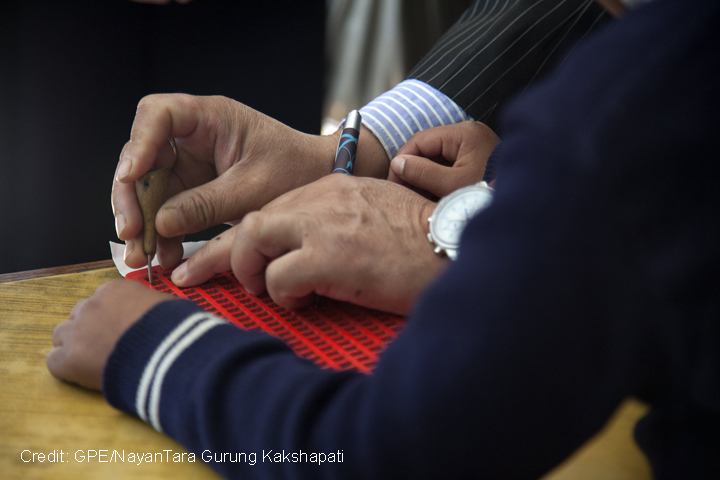
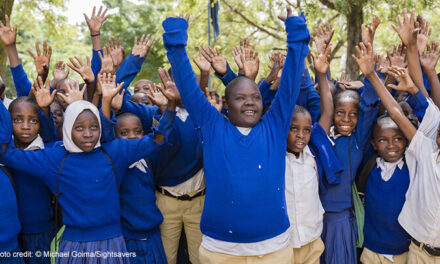
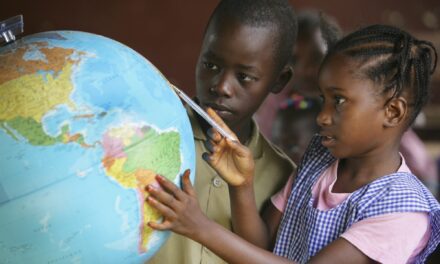
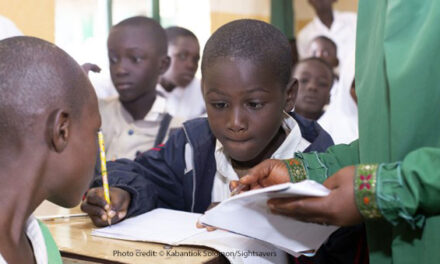
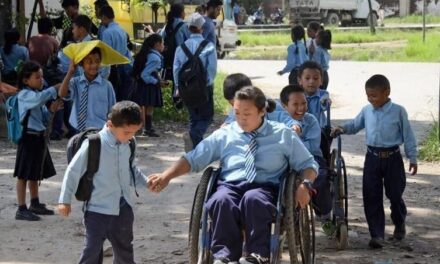
Trackbacks/Pingbacks